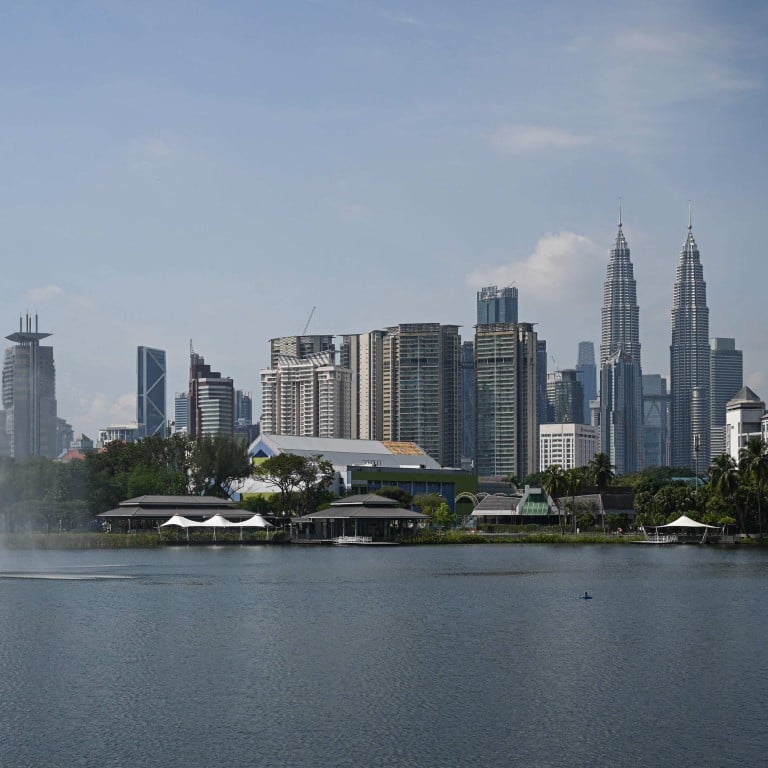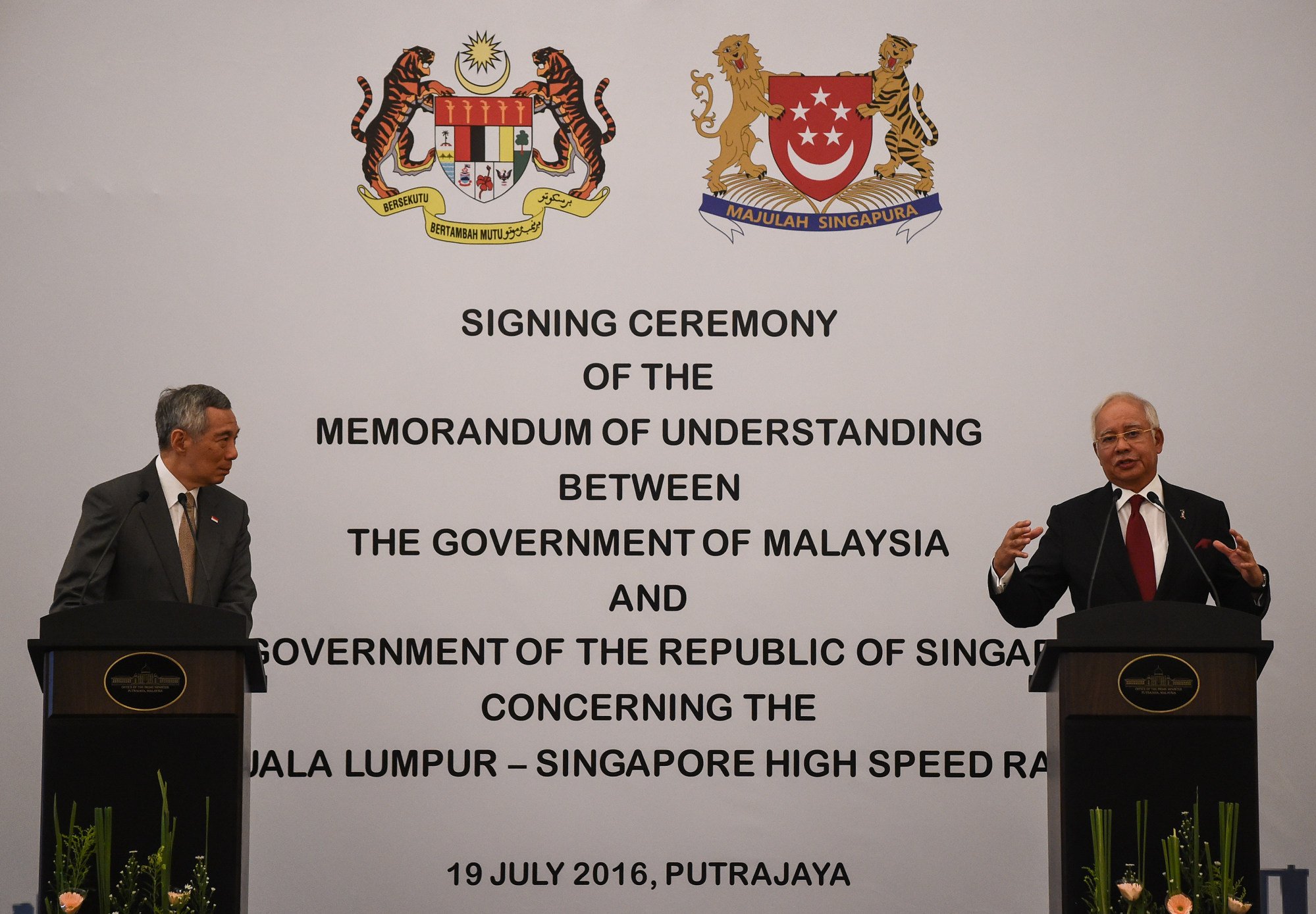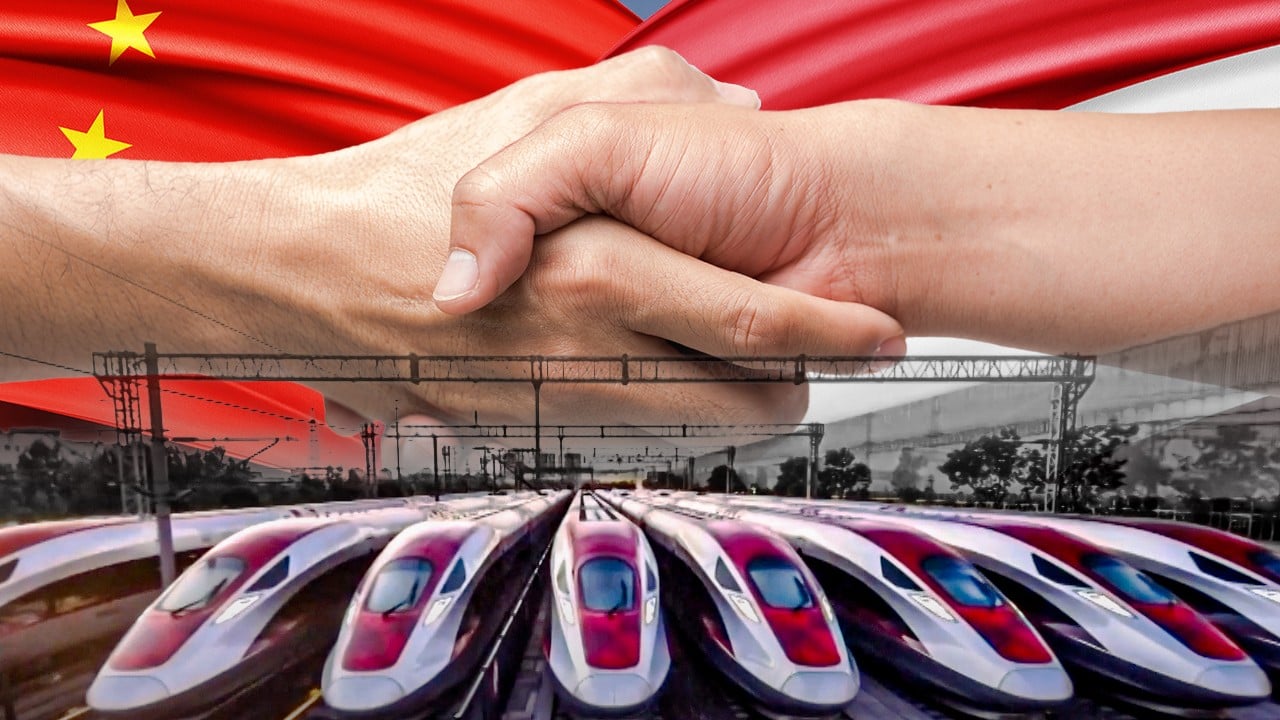
As Malaysia’s next king takes up Singapore high-speed rail cause, is it a case of too costly, too late?
- Sultan Ibrahim Iskandar reportedly said the rail link remained viable if financed privately and realigned to run through the Forest City mega-project
- Resurrecting the project, however, may end up incurring a cost that Malaysia’s government cannot afford, with funding ‘the biggest challenge’
The link, originally mooted in 2016, aimed to provide a 90-minute direct rail connection between Malaysia’s capital Kuala Lumpur and Singapore.

Malaysia’s decision to cancel the estimated US$17 billion project has left it lagging behind some of its regional peers in rail connectivity and speed.
The Malaysian king’s unexpected intervention has stirred interest in the proposal for a Singapore link.
“When we cancelled the HSR, it was a mistake,” said Goh Bok Yen, an urban land use and transport planning specialist.
What derailed the Singapore-Malaysia high-speed link?
Goh said feasibility studies carried out under the initial plan found that there was sufficient demand to support a Kuala Lumpur-Singapore high-speed rail line, adding that it would have laid the groundwork to extend connectivity all the way to Bangkok and capitalise on China’s ambitious belt and road rail network plans.
“We should have had the HSR yesterday. But even if you don’t have the HSR today, you will have it one day, whether you like it or not,” Goh said, adding the economic spillovers of new urban areas and tighter connections to Singapore were also obvious.
The RFI process was extended to January 15, but at least five major local firms began moves as early as May this year to set up conglomerates to take on the project if and when it opens for competitive bidding.
Analysts say leading companies in the running for a tender include YTL Corp, which was among the firms that won contracts under the original HSR project. Logistics giant MMC Corp and WCT Holdings, the Berjaya Group and Malaysian Resources Corp are all also expected to bid for a role, given extensive experience in construction and property development.
Resurrecting the project, however, may end up incurring a cost that Malaysia’s government cannot afford.
Earlier this month, Transport Minister Anthony Loke said any progress on infrastructure projects would depend on how much the government could afford to spend, adding that the HSR needed to be funded by the private sector for it to be a viable option.
“Funding will be the biggest challenge,” said Rosli Khan, a managing director at logistics and transport consultancy MDS Consultant Group.
“If the project is financially viable, the private sector could easily pay and fund it. But if it is not, then the project would not go ahead, irrespective of who owns what assets or which alignment is best.”

The government has not given an indication of how much the revived project could cost, though some analysts estimate it could hit 100 billion ringgit (US$21.3 billion).
Even Najib’s social media accounts weighed in on the conundrum. A post put up by the administrator of his Facebook page hit out at his successors for dismantling his initial HSR project.
“During Najib’s time, we could afford it. Because he settled everything,” read the post which went up on December 11, in response to Sultan Ibrahim’s push for the HSR.
“Imagine if the HSR is successfully launched at the end of 2026 as originally planned, how much of economic spillover and tourism would be enjoyed by the country when most of the HSR would go through Malaysia.”

Rosli, however, warned that the ongoing East Coast Rail Line (ECRL) project being built along the peninsula’s east coast under the Belt and Road Initiative was an “expensive” lesson that the government should consider before going ahead with its HSR plans.
The ECRL – also launched during Najib’s tenure – is estimated to cost around US$10.6 billion to complete, and will service passenger and freight movement along the peninsula’s east coast to Port Klang once it starts operations in January 2027.
Passenger movement, however, is likely to only pick up during festive seasons when people working in Kuala Lumpur head back to their hometowns for the holidays, while freight will suffer from the lack of economic activity in the east coast, according to Rosli.
“Very likely the train will be running half empty on many normal weekdays,” he said.
Public opinion appears split on the HSR, with as many people on social media seeing the merits of the project as against it, speculating on the routes and areas it will serve first.
“The HSR should link major cities … not save bankrupt projects and the pockets of certain individuals,” read a comment by one Azfar Yusof to a Facebook post by local Malay daily Sinar Harian.


